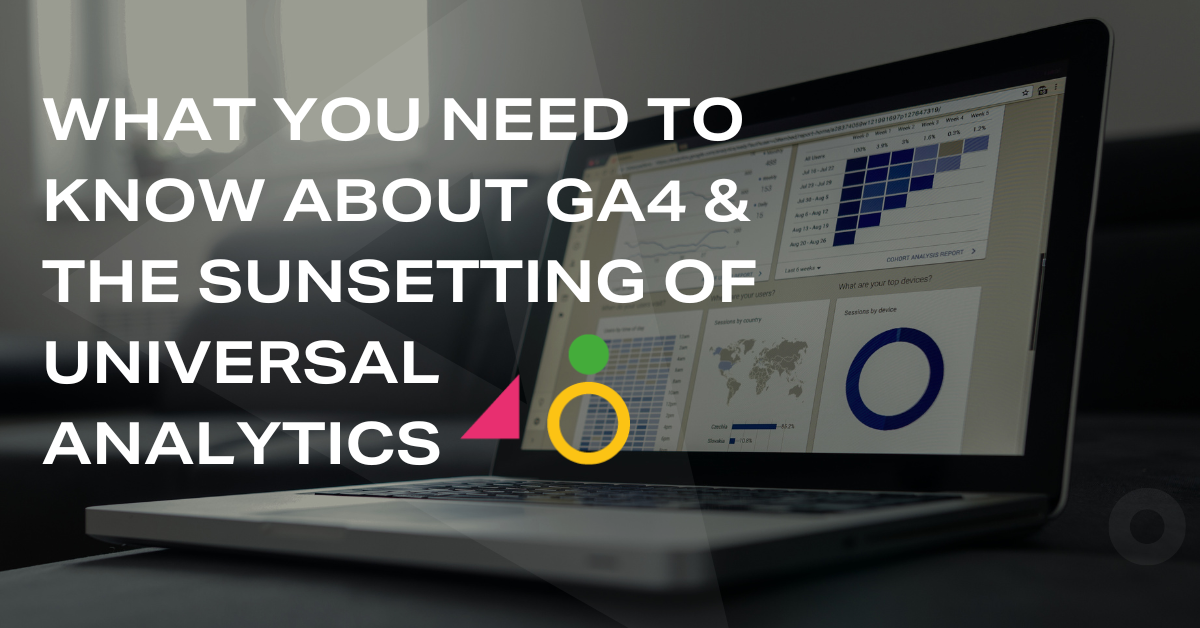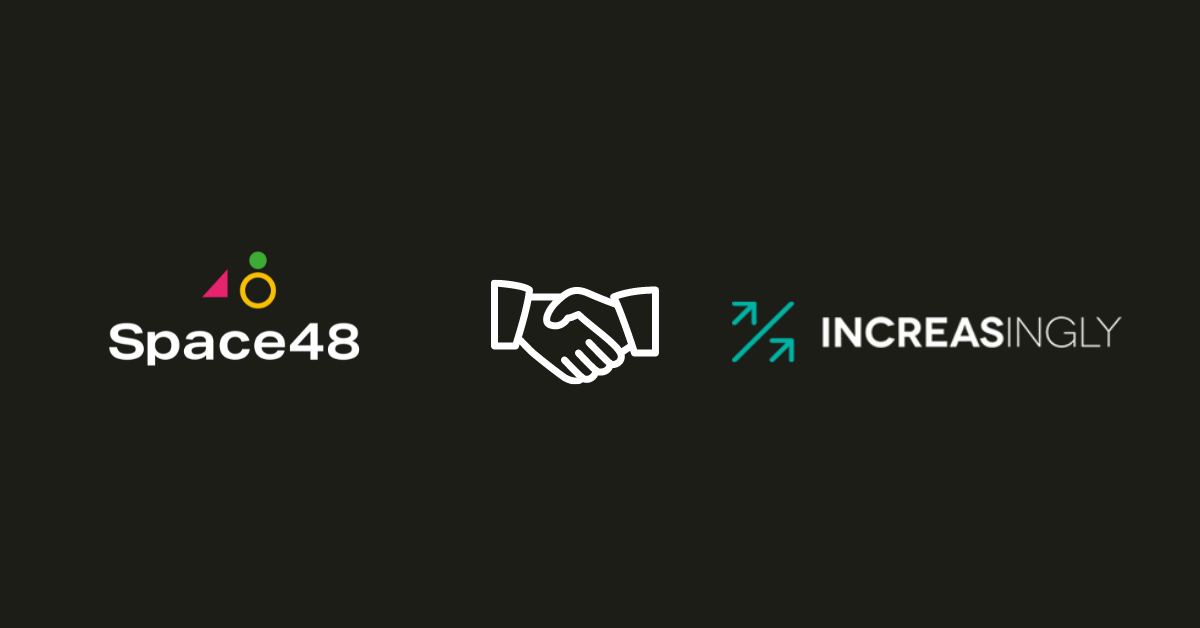
Don’t fear attribution: why awareness channels are still crucial in ecommerce
Despite the emergence of new digital channels in ecommerce, it’s important to understand the impact of more traditional, awareness-based channels.
Business owners are increasingly focused on KPIs which are easily trackable and ecommerce managers are often under pressure to show the ROI of certain channels – and it’s harder to prove the value of channels which aren’t trackable in real time.
Head of Insight at Space 48, Oliver Lees, fights the corner of non-trackable activity and awareness channels in ecommerce and discusses the need to take a holistic view of the customer journey.
Why are awareness channels still important for retailers?
Think about the death knell predicted for newspapers and magazines a fair few years ago. Although most print media companies suffered significant drops in circulation, with many needing to restructure their businesses to pivot towards digital media, they’re far from dead – they’ve just evolved – and big brands still advertise heavily in their pages.
Consider lifestyle magazines, such as Men’s Health, GQ and Cosmopolitan. These magazine titles contain a huge number of ads from retail brands, almost outweighing editorial content!

SMEs are understandably less inclined to put too much budget into display advertising and TV ads, due to the cost and pressure to attribute value to the investment. Whereas, more established brands can afford to plough budget into more traditional media channels.
The use of non-trackable activity and offline marketing channels is often industry and audience dependent. If you’re brand has an older demographic, it doesn’t make sense to put all of your budget into online acquisition channels and social media advertising. Older demographics are habitual and, although there are plenty of early adopters of digital and social channels, traditional marketing channels are still very effective.
Fear of proving ROI of awareness-based channels
There’s a fear of attribution in modern ecommerce businesses. This has created a tendency to spend a lot of time and resources on easy-to-track digital channels, over awareness-based marketing and advertising, due to the difficulty in proving ROI.
Email marketing, paid social and AdWords can be tracked to the Nth degree, so it’s much easier to prove ROI and attribute value to these channels. It’s harder to get budget for less trackable channels, as it’s linked to financials and business owners and key decision-makers are less willing to spend the money.
Some channels are partly-tracked, like PR, whilst some offline channels will contain campaign-specific calls to action, which can be still tracked to conversions and acquisitions.
On the flip side, some “old school” brands have a fear of digital media and emerging social channels. Brands just need to think about the bigger picture and what’s right for their business.
It depends on your KPIs. If you’re doing a big brand awareness push and your KPIs and goals reflect this, then you can track and report your results in different ways. Key stakeholders will be more receptive to less trackable activity, based on awareness.
How to deal with the issue of attribution in ecommerce
There needs to be focus on the impact of brand awareness, nurturing customers and multichannel impact during customer journeys, i.e. magazine ads and AdWords (awareness leading to an online search).
Google bases attribution on “last click”. This presents an issue, as it can skew figures, attribution and keyword bidding. Consider adding more analytics tools to your reporting, so you can drill further into your data to see how customers were nurtured towards a conversion.
Why not break your key metrics down into primary and secondary KPIs, keeping an eye on the performance of both sets? See below:
Primary KPIs
- Conversions
- CPA (cost per acquisition)
- ROI (return on investment)
Secondary KPIs
- CTR (click-through-rate)
- Bounce rate
- Traffic
- Surveying/awareness
Should businesses focus less on the “last click”?
Retailers should always consider the factors leading up to conversions, but inevitably there will be more focus on the “last click”. Brand awareness and browsing behaviours impact the customer journey leading to a sale – it’s not just triggered by one channel.
Take the recent trend of pure play brands, such as Dyson, MADE, and Funky Pigeon, opening up physical stores to meet customer expectations of browse in-store, buy online omnichannel experiences.
The level of focus on the stages before the last click will depend on industry and product type. Some businesses have shorter customer journeys than others, such as a cosmetics brands (like Charlotte Tilbury) vs homeware brands (like Better Bathrooms).
Summary
Successful multichannel ecommerce is about effective communication around KPIs and the integration of offline and online channels. Brands with big budgets might invest more in TV and radio ads, plus billboards, print media ads and direct mail. SMEs are likely to invest more budget into localised marketing, advertising in regional newspapers and relevant radio spots. The key is to be smart and agile with your budget and always focus on the customer journey.
Space 48 is a leading UK ecommerce consultancy and Magento website development agency. Our ecommerce experts help retailers implement award-winning ecommerce strategies. Want to learn how major retail brands create killer customer experiences? Download our omnichannel retail report now and get inspired!






